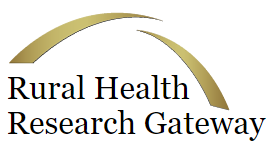July 16, 2025

Whitepaper – The hidden cost of confusion: Using AI to Make Healthcare Bills Make Sense
As the cost of care increases, paying for it becomes more complicated – with many patients finding medical bills more confusing and stressful than the treatment itself.
This whitepaper, presented at Becker’s Hospital Review 15th Annual Meeting, dives into how health systems are leveraging AI to ease the burden of paying for care. From guiding patients through their bills to surfacing relevant benefits and resources, AI tools are creating personalized affordability pathways.
Revenue cycle experts reveal how leading health systems are using this model to reduce costs, drive collections and reduce staff burnout.
You’ll Learn:
- How one AI voice agent connects patients to personalized payment options before bad debt accrues,
- What’s working to drive up digital payments and reduce support requests, and
- The financial lift: 20% increase in collections + higher patient satisfaction
Click Here to Access Whitepaper




